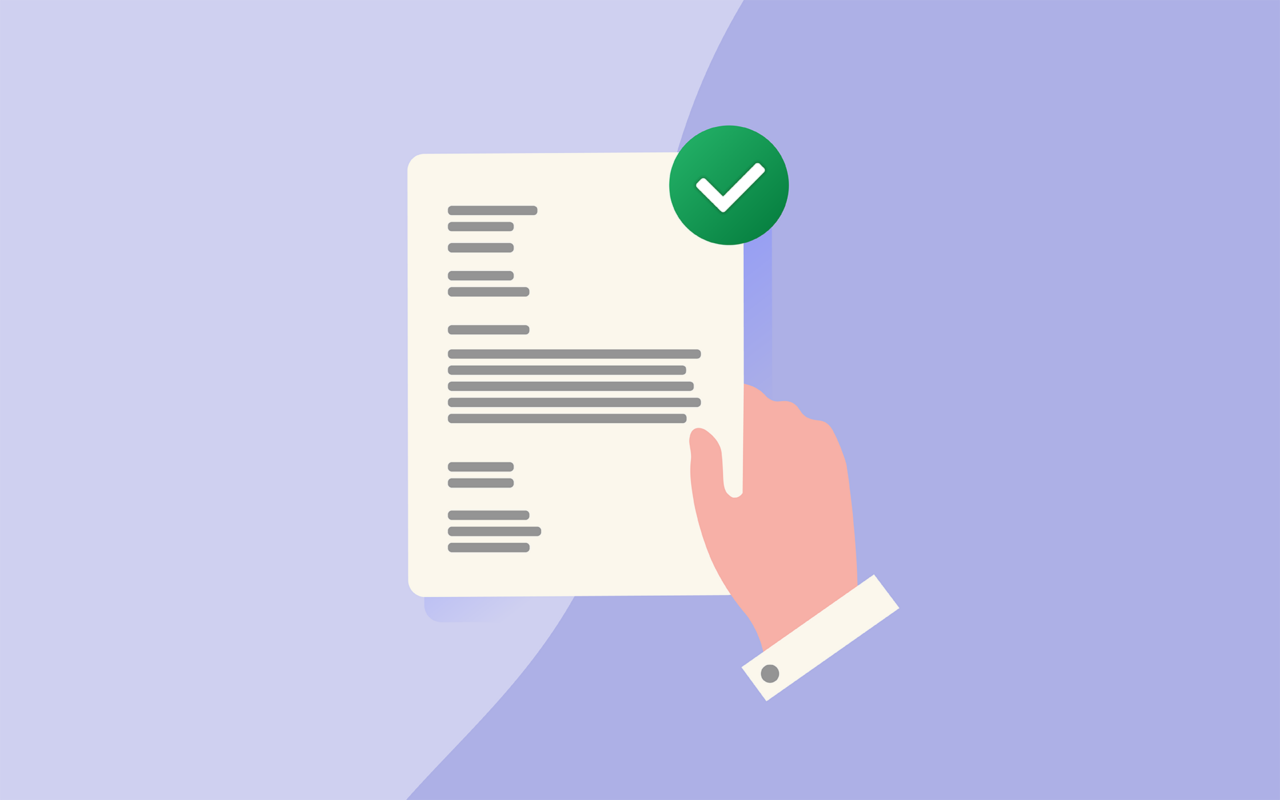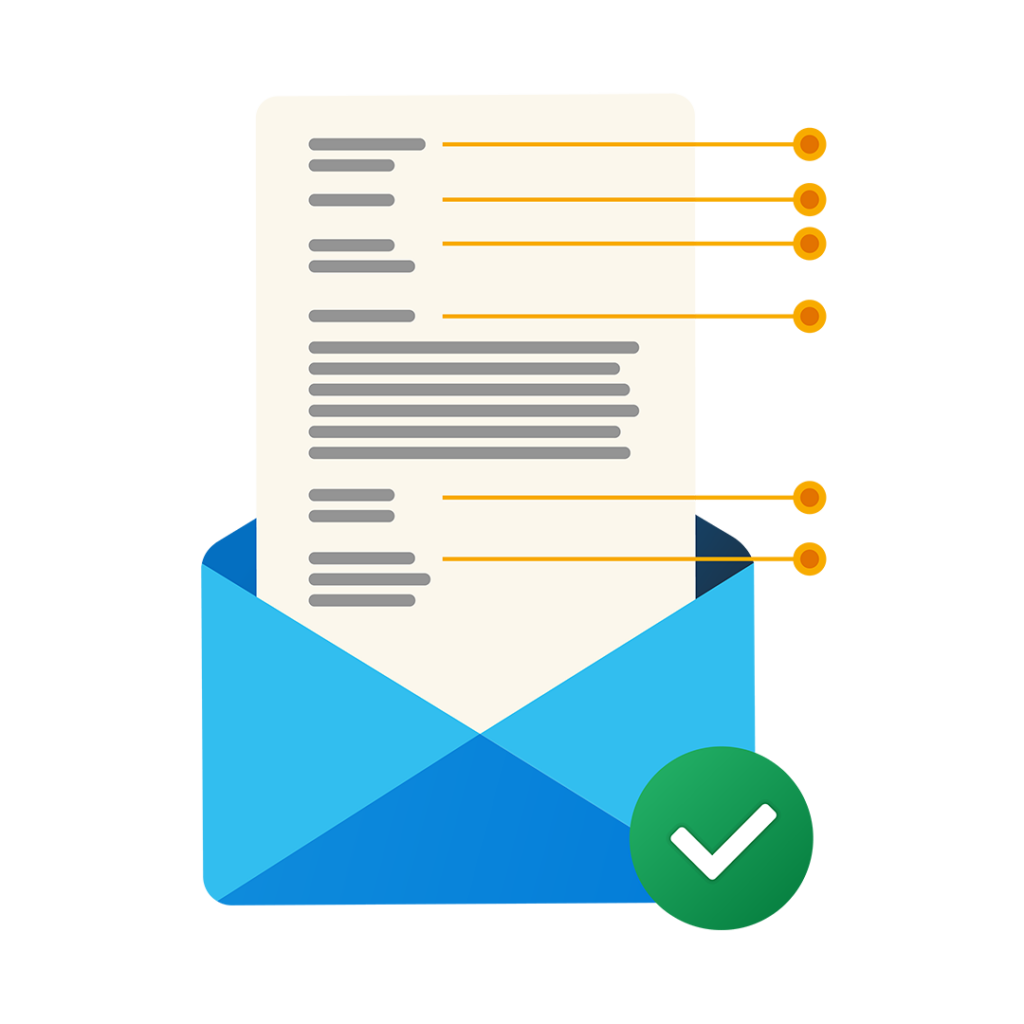Writing a great business letter is crucial for communicating with people related to your business. To impress and get results, use a professional format, address the recipient correctly, keep it concise and clear, use a professional tone, and proofread your letter. By following these tips, you can format your business letter in a way that impresses and gets results.

A well-written business letter can help you convey your message clearly and effectively to your clients, customers, partners, suppliers, and other stakeholders. But writing a great business letter is not easy.
In this article, we'll share tips for formatting business letters that impress and get results.
1. Use a Professional Format
Using a professional format for your business letter involves several key elements:
- Use a standard font such as Arial or Times New Roman and ensure that the font size is easy to read.
- Include a header that contains your company name, address, phone number, and email address.
- Include the date of the letter and the recipient's name and address in the inside address. Use a formal salutation such as "Dear Mr. Smith" or "Dear Ms. Jones" to address the recipient and use a respectful and courteous tone throughout the letter.
- Include a closing and signature that reinforces the professional tone of the letter.
2. Address Your Recipient Correctly
Addressing your recipient correctly is an important aspect of writing a professional business letter.
It's important to use a formal salutation such as "Dear Mr. Smith" or "Dear Ms. Jones" rather than an informal greeting like "Hey" or "Hi." If you're unsure about the gender or name of the recipient, use a neutral salutation such as "Dear Sir or Madam" or "To Whom It May Concern."
If the recipient has a title, such as "Dr." or "Professor," make sure to use it in the salutation.
Additionally, make sure to spell the recipient's name correctly. Avoid using abbreviations or nicknames unless the recipient has specifically requested it. By addressing your recipient correctly, you show respect and professionalism in your communication.
3. Keep it Concise and Clear
Keeping your business letter concise and clear is essential to ensuring that your message is understood by your recipient.
Here is how to achieve this:
- Use short and simple sentences rather than long and complex ones.
- Break up your text into short paragraphs and use headings and bullet points to make your content easy to scan.
- Stick to one topic per paragraph and make sure that each paragraph flows logically to the next.
- Avoid using unnecessary words or phrases, and only include information that is relevant to the message you're trying to convey.
4. Use a Professional Tone
Using a professional tone in your business letter is crucial to conveying a sense of respect and credibility to your recipient.
Here are a few tips to keep in mind:
- Avoid using slang or colloquial language. Stick to standard English and avoid using unprofessional or overly casual language.
- Use a positive tone. Even if you're writing to address a problem or concern, try to focus on positive solutions rather than dwelling on negative aspects.
- Be courteous and respectful. Use polite language and avoid making assumptions or accusations. It could come across as rude or confrontational.
- Keep your message clear and direct. Avoid overly flowery language or complex sentences. It could detract from the clarity of your message.
- Use a confident tone. Make sure that your letter comes across as authoritative and trustworthy. Your recipient will feel confident in your abilities and expertise.
By using a professional tone in your business letter, you can build trust and credibility with your recipient and create a positive impression of your organization.

5. Proofread Your Letter
Proofreading your business letter is essential to ensuring that it is error-free and professional.
Here are a few tips to keep in mind:
- Take a break before proofreading. Give yourself some time between writing and proofreading to clear your mind and come back to the letter with fresh eyes.
- Read the letter out loud. This can help you identify errors or awkward phrasing that you might not catch by just reading silently.
- Use a spellchecker. You can use the one offered by Microsoft Word, or you can install Grammarly and Hemingway. This can help you catch any spelling errors that you might have missed.
- Use an online proofreader to check your grammar and punctuation. Make sure that your sentences are grammatically correct and that you have used proper punctuation throughout.
- Get a second opinion. Ask a colleague or friend to review the letter for you, as they may be able to spot errors or areas for improvement that you missed.
By taking the time to proofread your business letter carefully, you can ensure that it is professional, error-free, and sends the message that you intended to convey.
Conclusion
A good business letter is an effective way to communicate with people related to your business. By following these tips, you can format it professionally to leave a good impression and achieve your desired results.
Remember to keep your letter concise and clear, use a professional tone, and proofread your letter before sending it. With these tips, you'll be well on your way to writing great business letters that get results.











